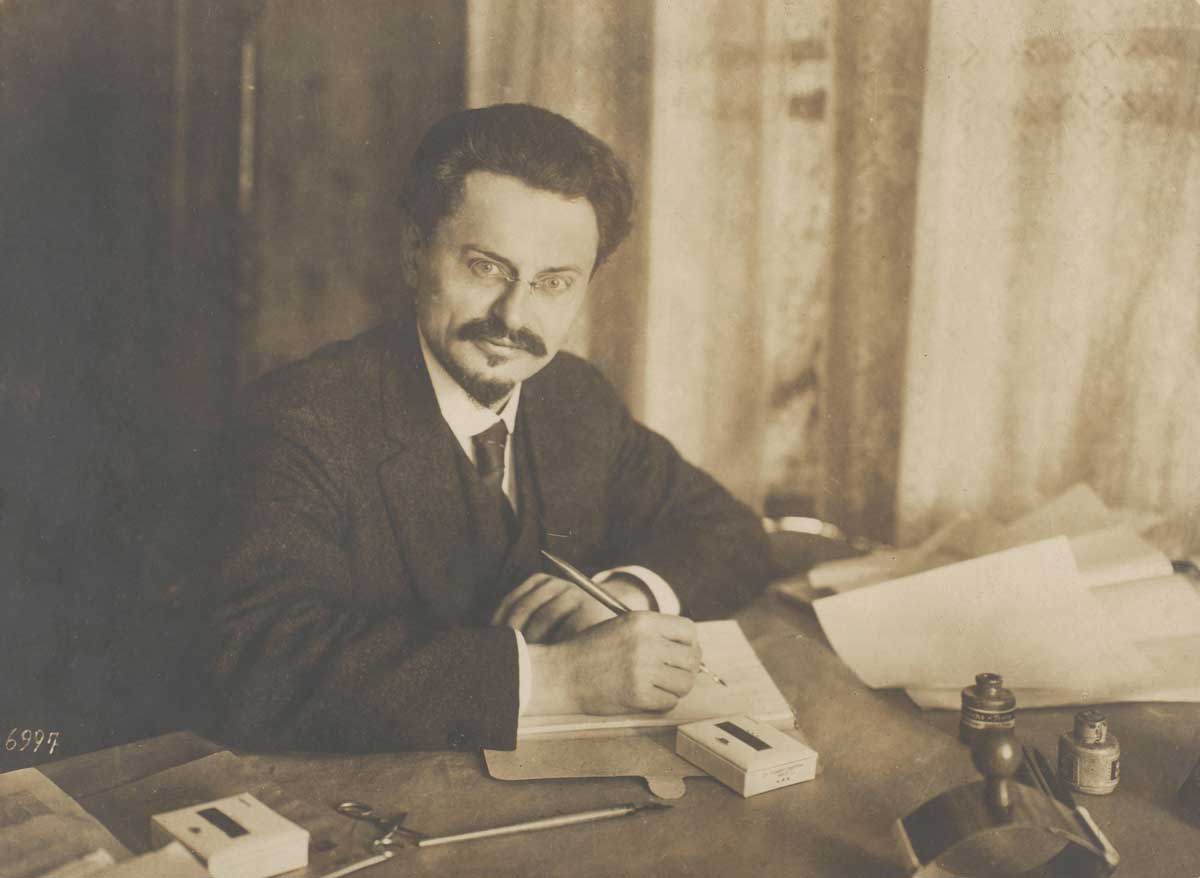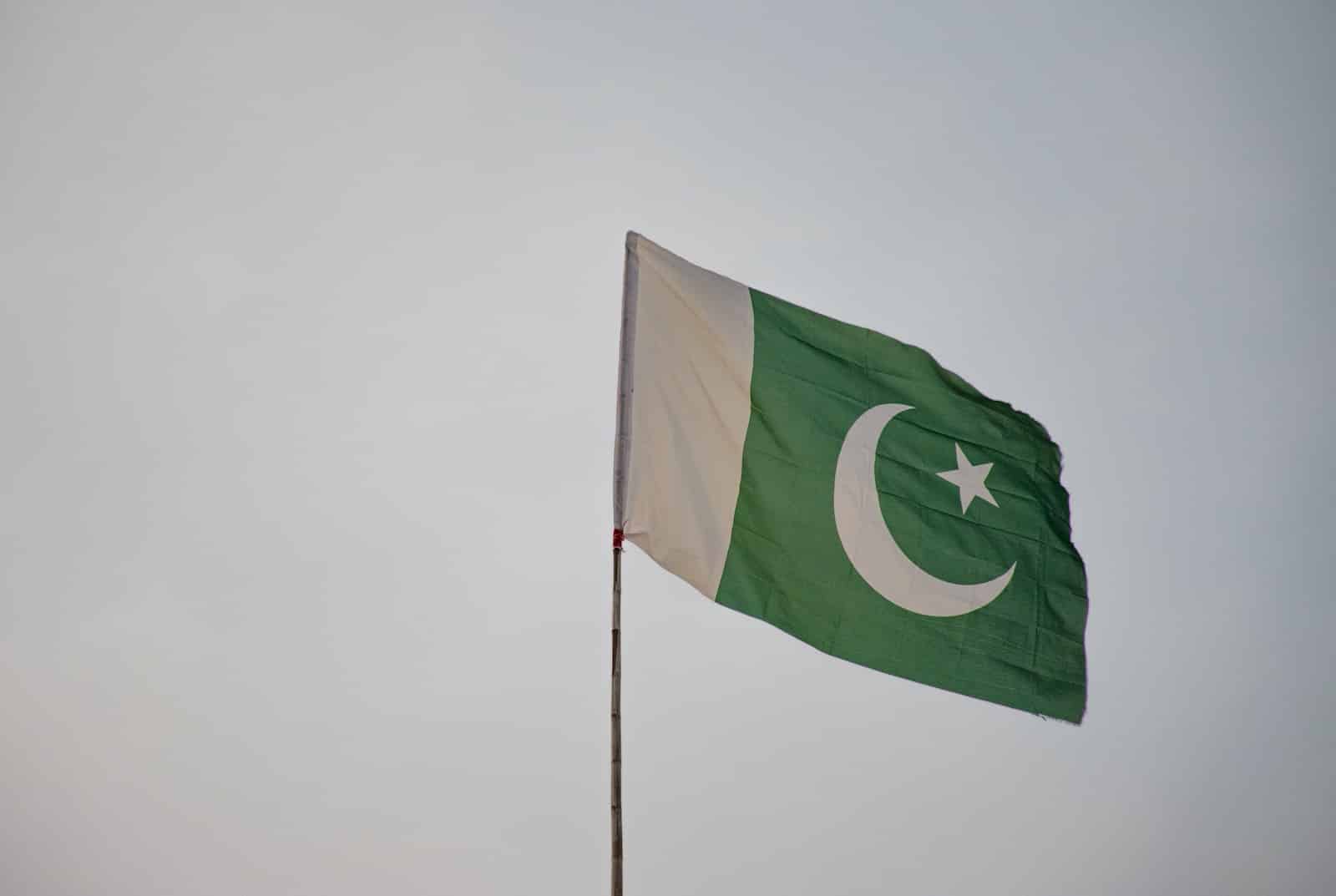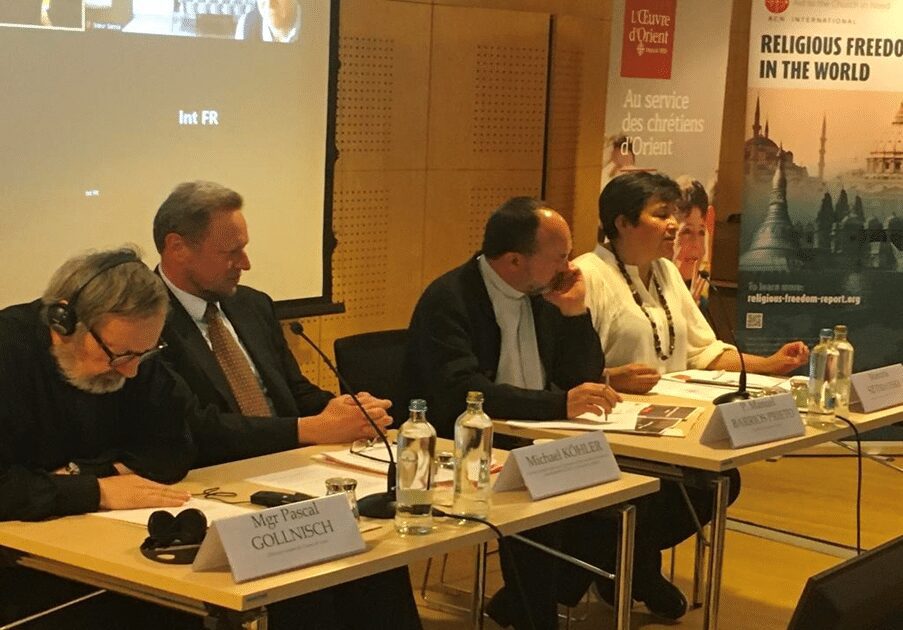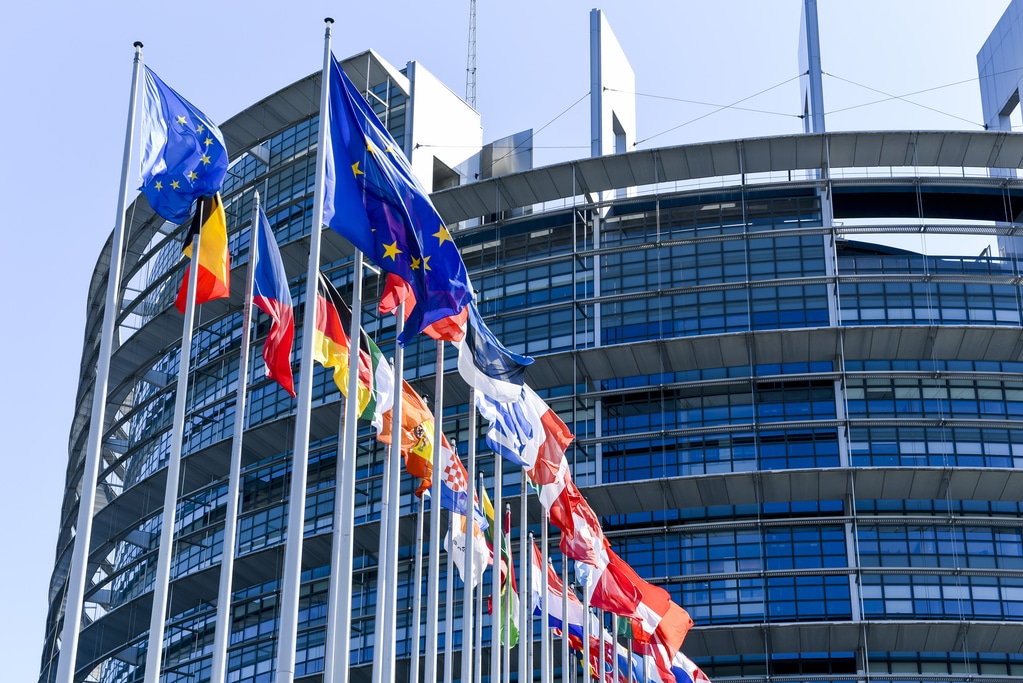Addressing donors at a pledging event in Geneva convened by the UN with Egypt, Germany, Qatar, Saudi Arabia, the African Union and the European Union, Mr. Guterres said that some $3 billion was needed to assist people in Sudan and those who have fled to neighbouring countries.
“The scale and speed of Sudan’s descent into death and destruction is unprecedented,” he warned. “Without strong international support, Sudan could quickly become a locus of lawlessness, radiating insecurity across the region.”
Devastating toll
Speaking via video message as a new temporary ceasefire between the Sudanese Armed Forces (SAF) and the Rapid Support Forces (RSF) was coming into effect, the UN chief said that hundreds of civilians had been killed and many thousands more injured since clashes erupted in mid-April.
“These numbers grow by the day. The situation in Darfur and Khartoum is catastrophic. Fighting is raging with people attacked in their homes and on the street,” Mr. Guterres said.
“Before this conflict erupted, Sudan was already grappling with a humanitarian crisis. This has now escalated into a catastrophe affecting more than half the country’s people.”
The UN Secretary-General insisted that it was the international community’s duty to support the people of Sudan and neighbouring countries.
He also condemned violence against aid workers and the looting of humanitarian supplies, appealing to the warning parties to protect civilians and enable humanitarian action, in line with international law.
Streets ‘stained with blood’
Echoing that message, UN Human Rights Chief Volker Türk reiterated his willingness to mediate between both parties to the conflict.
“I have also urged all States to help advance a resolution to this catastrophe. Yet efforts to pursue and sustain a ceasefire have produced little to no success. We still see a reckless, senseless conflict taking place in a context of total impunity. The streets of Khartoum and its surrounding cities, of El Geneina and of El Obeid are stained with the blood of civilians.”
Mr. Türk said that he was appalled by allegations of sexual violence, including rape, noting that his Office had received credible reports of 18 incidents of sexual violence related to the conflict against at least 53 women and girls – the victims include at least 10 girls.
In one case, 18-20 women were reportedly raped in the same attack. In almost all cases, the RSF was identified as the perpetrator. But there is little access to medical and psychosocial support and many cases remain unreported.
Sudan’s young pay highest price
“This is a human rights and humanitarian crisis that is unfolding at an alarming rate, on a devastating scale and with a complexity not seen before in Sudan”, said the UN Human Rights Chief.
“Every day, children are bearing the harrowing consequences, with more than 13 million across the country in urgent need of lifesaving humanitarian support, including 5.6 million in Darfur. At least 620,000 are reported to be suffering from acute malnutrition.”
Ceasefire welcomed
Mr. Türk welcomed the new 72-hour nationwide ceasefire agreed on 17 June and urged the two parties to respect their commitments to halt the fighting and to allow the unimpeded delivery of humanitarian assistance throughout the country.
“The new ceasefire is a new opportunity to put an end to this sea of suffering. I remind the two parties of their obligations to respect international humanitarian and human rights law and to take all measures necessary to protect all civilians — including humanitarian and medical workers – from harm.”
The UN rights chief also called on the authorities to conduct prompt, thorough, impartial, and independent investigations into all alleged violations of human rights and international humanitarian law. “I remind them that failure to pursue accountability for past grave violations has contributed to the current crisis,” he said.
The UN Emergency Relief Coordinator and head of OCHA, Martin Griffiths, said: “Each day the crisis in Sudan continues, the humanitarian situation grows ever more desperate. Despite the raging violence, humanitarian workers – including our heroic local partners operating on the frontlines – are pressing ahead with their efforts to deliver aid to people in need.”
He said the pledges – which include an additional $22 million from the UN Central Emergency Response Fund – would provide a “lifeline for millions of people living in the world’s most dangerous and difficult conditions.”
Time for ‘durable peace’
The head of the UN refugee agency (UNHCR) Filippo Grandi said the commitment shown by donors to those affected “comes just in time, as our resources for the situation are dwindling.
“The pledges will save lives and help alleviate some hardship. Ultimately, of course, only a durable peace will allow the Sudanese to restart their lives.”
Addressing the Human Rights Council, Hassan Hamid Hassan, Ambassador and Permanent Representative of Sudan to the UN Geneva condemned the murder of West Darfur governor Khamis Abdullah Abbaker, assigning responsibility “to the rebel forces”.














